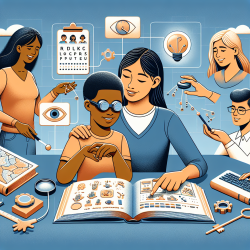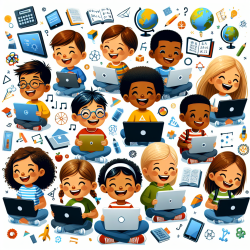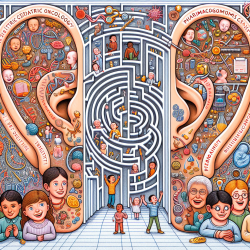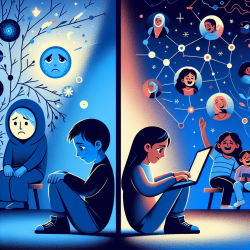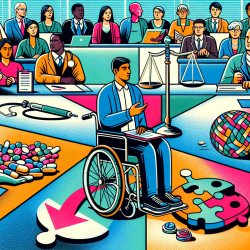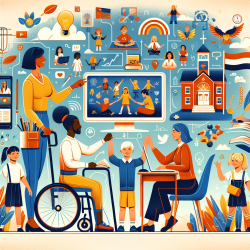Introduction
In the realm of education, inclusivity remains a critical challenge, especially for students with visual impairments. The recent study titled "Data for all: Tactile graphics that light up with picture-perfect resolution" published in Science Advances offers groundbreaking insights into how tactile graphics can revolutionize accessibility in education. This blog explores the study's findings and how practitioners can implement these insights to enhance learning experiences for students with visual impairments.
Understanding Tactile Graphics
The study introduces the concept of lithophanes, an ancient art form that has been adapted to create tactile graphics with video-like resolution. Lithophanes are thin, translucent engravings that glow when backlit, allowing both blind and sighted individuals to interpret data through touch or sight. This innovative approach enables the creation of tactile graphics from various scientific data types, such as gel electropherograms and mass spectra, with an impressive accuracy rate of approximately 79%.
Implications for Educators and Practitioners
For educators and practitioners, the implementation of lithophanes can significantly enhance the learning environment for students with visual impairments. Here are some practical steps to consider:
- Integrate Tactile Graphics in Curriculum: Incorporate lithophanes into science curricula to provide students with visual impairments the opportunity to engage with data in a meaningful way.
- Collaborate with Technology Providers: Partner with organizations like TinyEYE to access resources and expertise in creating and utilizing tactile graphics effectively.
- Professional Development: Attend workshops and webinars to stay informed about the latest advancements in tactile graphics and inclusive teaching strategies.
Overcoming Challenges
While the potential of lithophanes is immense, there are challenges to consider. The initial cost of 3D printers and materials may be a barrier for some institutions. However, the long-term benefits of inclusivity and enhanced learning outcomes justify the investment. Additionally, educators must be trained to effectively use and interpret tactile graphics to maximize their impact.
Encouraging Further Research
The study opens the door for further research into the applications of tactile graphics across various fields of study. Researchers and educators are encouraged to explore how lithophanes can be adapted for subjects beyond science, such as mathematics and geography, to create a universally accessible learning environment.
Conclusion
The integration of tactile graphics through lithophanes represents a significant step forward in making education more inclusive for students with visual impairments. By adopting these innovative tools, educators can ensure that all students have equal access to learning opportunities, paving the way for a more inclusive and equitable educational landscape.
To read the original research paper, please follow this link: Data for all: Tactile graphics that light up with picture-perfect resolution.
